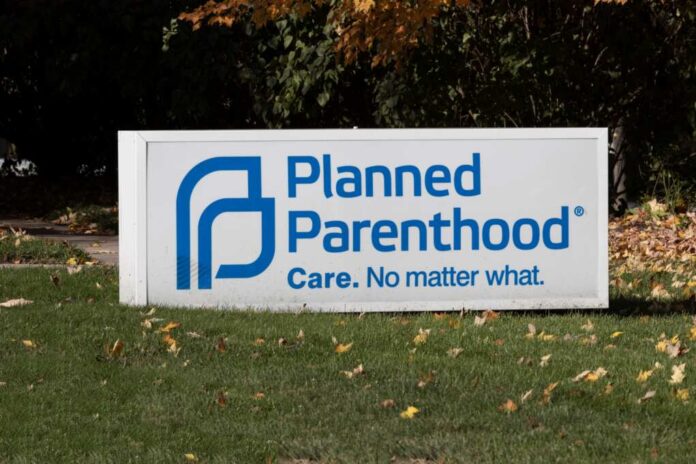
Planned Parenthood has reduced its clinic count while expanding abortion services through telehealth, signaling a radical strategy shift in response to Roe’s fall and ongoing legal threats.
At a Glance
- Clinic locations dropped from 641 to 585, yet abortion service sites increased
- Telehealth abortions now dominate in supportive states post-Roe
- Court rulings may restrict mifepristone, the main abortion pill
- Planned Parenthood has expanded chemical abortion and gestational limits
- Strategic consolidation redirects resources into high-impact locations
Strategic Shifts in Service Delivery
Planned Parenthood’s reconfiguration in the wake of Dobbs v. Jackson shows a striking pivot toward efficiency and access. Since 2020, the number of clinics has fallen from 641 to 585, yet the number offering abortion services has risen slightly—from 388 to 398. This shift reflects a deliberate focus on consolidating services into legally secure areas, maximizing impact despite political and geographic setbacks.
One key lever: telehealth. With the FDA dropping in-person dispensing rules for mifepristone, Planned Parenthood has embraced virtual care in states where it’s legal. These platforms cut down travel burdens, reduce patient costs, and eliminate stigma, proving critical for women in hostile legal environments.
Watch a report: Telehealth and Abortion Access Explained.
This new model isn’t merely adaptive—it’s expansive. Many Planned Parenthood clinics now operate as logistical hubs, directing patients across state lines or into digital care pathways. Even as funding shrinks and opposition mounts, the organization continues to build new forms of access.
The Role of Telehealth in Reproductive Healthcare
Recent findings from the California Home Abortion by Telehealth (CHAT) study confirm what advocates long suspected: telehealth is not only effective but safe. Of the 6,034 abortions analyzed across 20 states and D.C., 97.7% were completed without any further medical intervention. Only 0.2% involved serious adverse effects.
Despite this, a looming federal court ruling could threaten access to mifepristone, one of the two pills used in medical abortions. Legal uncertainty around the medication’s future has prompted providers to strengthen alternative networks, including out-of-state referrals and stockpiling supplies.
Meanwhile, critics argue that reduced clinic numbers signal weakness. But Planned Parenthood’s growing use of chemical abortion, and in some locations raising gestational limits to 26 weeks, signals a more aggressive access strategy than ever. The organization’s website now prominently features online care options, allowing patients in qualifying states to bypass brick-and-mortar facilities altogether.
Persistent Pressure and Political Risk
Even as Planned Parenthood modernizes its service model, political headwinds persist. Congressional Republicans continue pushing defunding measures such as the No Taxpayer Funding for Abortion Act, jeopardizing both Planned Parenthood’s finances and patient services.
Nonetheless, the group’s evolution suggests resilience. What it’s lost in federal support, it’s gained in agility—redirecting resources to meet new legal realities and patient needs. As states splinter on abortion law, Planned Parenthood is no longer a network of static clinics—it’s a dynamic infrastructure of resistance and access.
In this post-Roe reality, the battleground has shifted, and Planned Parenthood is no longer just defending rights—it’s redrawing the map.




















